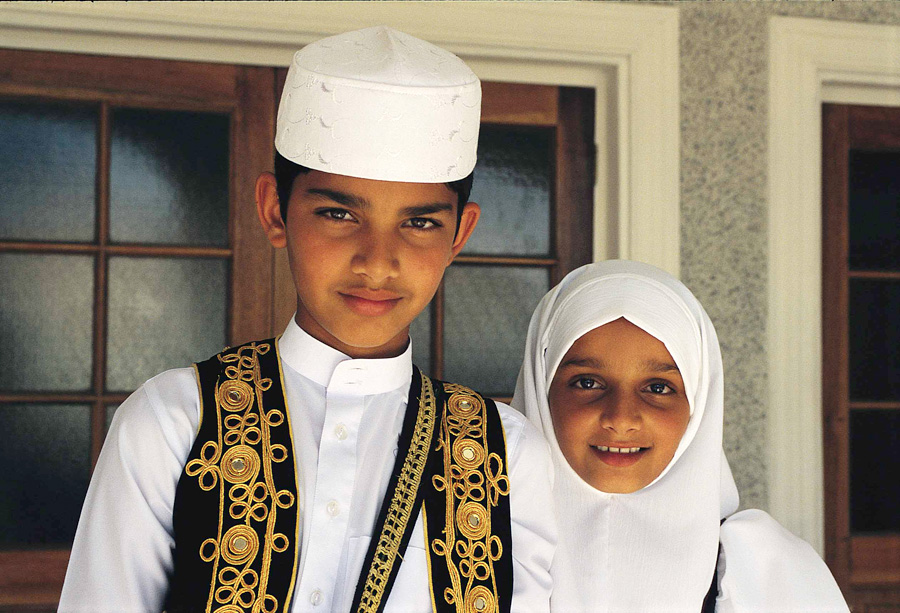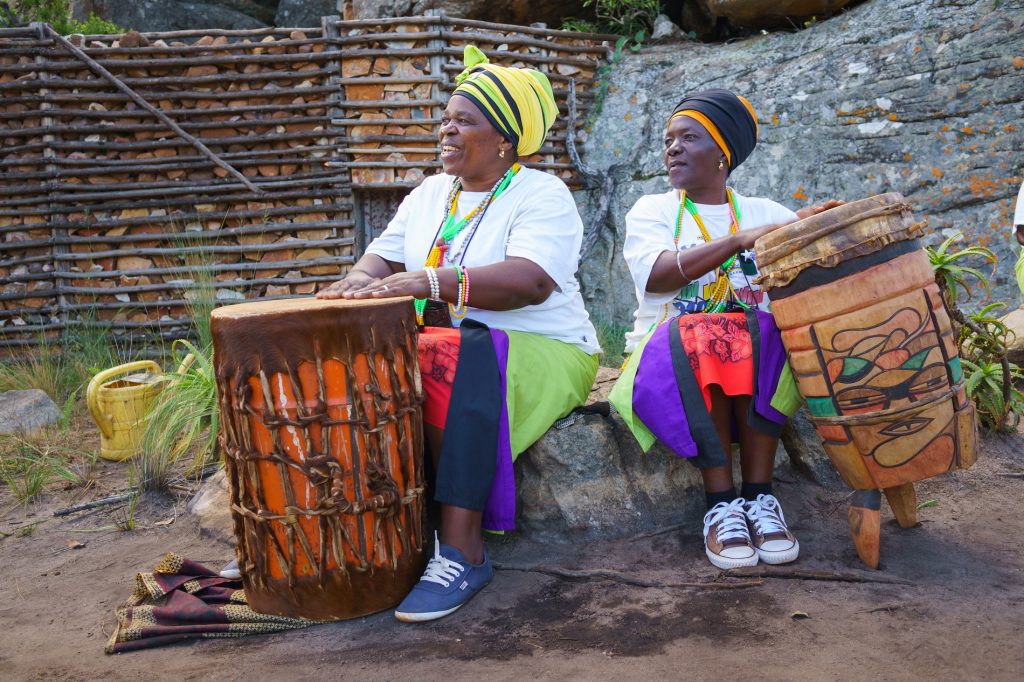The Only Guide for South African Culture Today
Table of ContentsThe Of South African Culture TodayThe 7-Second Trick For South African Culture Today9 Easy Facts About South African Culture Today ExplainedGetting The South African Culture Today To WorkSouth African Culture Today - The FactsHow South African Culture Today can Save You Time, Stress, and Money.
An issue of significance in Zambian towns is the passing away of loved ones. All participants of the town put cash, time and initiative with each other for the funeral of the deceased.Songs and dance is a really vital element of the Zambian culture. The numerous tribal systems have their own dancing types; however, makishi is typical amongst all people.
How South African Culture Today can Save You Time, Stress, and Money.
When it concerns music, drums are made use of one of the most, with a selection of drumming ceremonies. In Zambia, majority of individuals are Christian; Protestant and Roman Catholic. There are tiny teams of Muslims and Hindus, with the remainder following neighborhood indigenous tribal beliefs.

South African heritage and society is tremendously diverse, and contains several teams of people that each have their very own traditions and beliefs. Having such a variety of people and cultures is what makes South Africa so one-of-a-kind. In the real feeling of the expression, we are a rainbow nation.
Making it the 7th on the checklist of countries with the most Portuguese individuals in it outside of Portugal. Portuguese is not only a society, but it is additionally a language and a nationality. Portuguese individuals stem from the country of Portugal in Europe, nonetheless, due to Portugal (like numerous various other countries in Europe) checking out the globe and dominating various other countries throughout the 15th 20th centuries, South Africa has what we call Portuguese South African's living in it.
Little Known Facts About South African Culture Today.
Amongst the prominent functions of the topography is a plateau that covers nearly 2 thirds of the facility of the nation. The plateau facility rises toward the southeast, where it climaxes in the Drakensberg variety, part of a cliff that divides the plateau from the seaside locations. The Drakensburg consists of Champagne Castle, the highest top in the nation.
The region north of the Witwatersrand, called the bushveld, inclines downward from east to west towards the Limpopo River, which creates the global border. The western section of the plateau, the middleveld, also comes down in the direction of the west and varies in elevation between the highveld and bushveld. Between the Drakensburg and the eastern and southern shoreline, the land comes down to the sea.
Nearer the shore there is a low-lying level called the eastern lowveld. Southwest of the plateau the nation comes to be considerably much more arid, paving the way to the stony desert of the Great Karroo, approached the eastern by the reduced, much better sprinkled plateau of the Little Karroo. Separating the dry southerly inside from the sandy coastal of the southerly coastline and West Cape is another range, the Langeberg.
South African Culture Today Fundamentals Explained
The nation's racially, ethnically, and politically divided history has produced national and subnational signs that still operate as icons of the nation, and others icons that are accepted only by certain groups. The monuments to white inhabitant occupation and political dominance, such as the Afrikaner Voortrekker ("leader") Monolith in Pretoria and the Rhodes Monolith honoring the British colonial empire home builder and Cape head of state Cecil Rhodes, stay sectarian symbols.
The page very first modern-day citizens were the San ("bushman") hunter-gatherers and the Khoi ("Hottentot") peoples, that rounded up animals (South African culture today). The San might have been present for hundreds of years and left evidence of their visibility in thousands of ancient cavern paints ("rock art"). Bantu-speaking clans that were the ancestors of the Nguni (today's amaZulu, amaXhosa, amaSwazi, and vaTsonga individuals) and Tswana-Sotho language teams (today's Batswana and Southern and Northern Basotho) moved down from east Africa as early as the fifteenth century

The two previous republics of the Orange Free State and Transvaal (South African Republic) were developed by Afrikaner inhabitants who defeated and dispossessed the Basotho and Batswana. Lesotho would have been by force integrated into the Orange Free State without the expansion of British security in 1869. The supreme unification of the country arised from the South African War (18991902) in between the British and the two Afrikaner republics, which reduced the country to mess up at the beginning of the twentieth century.
Afrikaners historically considered themselves the just real South Africans and, while approving complete citizenship to all locals of European descent, refuted that condition to individuals of shade up until the autonomous transition of 1994. British South Africans keep a sense of cultural and social connection to Great Britain without deteriorating their identity as South Africans.
The 4-Minute Rule for South African Culture Today
The diversity and fragmentation within ethnic groupings and the equilibrium of stress in between those teams throughout the twentieth century stopped interethnic civil conflict. While intergroup tensions over resources, privileges, and political prominence continue to be, those disputes are as likely to match Zulu against Zulu as Zulu versus Xhosa or African against Afrikaner.
From colonial India, British merchants and managers brought the rounded metal ornamental roofs and slender shoelace work columns that still exemplify the outdoor patios of cottages arounds and cities throughout the nation. Houses of prayer add an essential building element also in the tiniest communities. In enhancement to the rising steeples and traditional stonework of Afrikaans Dutch Reformed churches, Anglican churches, synagogues, mosques, and Hindu shrines offer selection to the religious building scene.

Butchering and the brewing of typical her response cereal beer are crucial in securing the engagement and a good reputation of the ancestors who are considered the guardians of good luck, success, and well-being. Indian communities preserve their indigenous culinary customs and apply them on Islamic and Hindu routine and ritualistic occasions. Afrikaners and Coloured individuals gather at weekends and special celebrations at multifamily barbeques called braais, where community bonds are strengthened.
Because this was the primary economic business of both black Africans and white homesteaders, dispute between those groups centered on the possession of grazing land and livestock. In 1867, the biggest diamond down payments on the planet were found at Kimberley in the west main location. The wealth from those areas helped finance the exploitation of the best gold reef worldwide, which was found on the Witwatersrand in 1886.
How South African Culture Today can Save You Time, Stress, and Money.
This caused misunderstandings and purposeful misrepresentation in the negotiations of white settlers and federal government authorities with African chiefs during the early american period (South African culture today). In the facility of African books, some aspects of common and mainly "tribal trust" land period were maintained, and even in click here to find out more white rural areas, types of communal period were still practiced in areas with African areas
After the autonomous makeover of 1994, programs for land restitution, redistribution, and reform were instituted, but development has actually been sluggish. The white minority still manages eighty percent of the land. In the wake of agricultural land invasions in Zimbabwe, the Division of Land Affairs has vowed to speed up land redistribution.